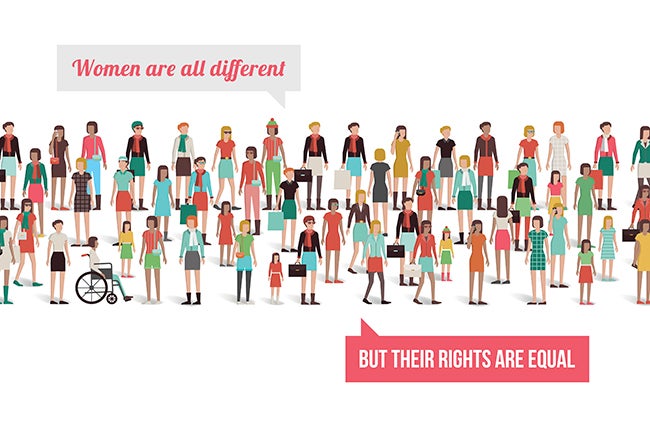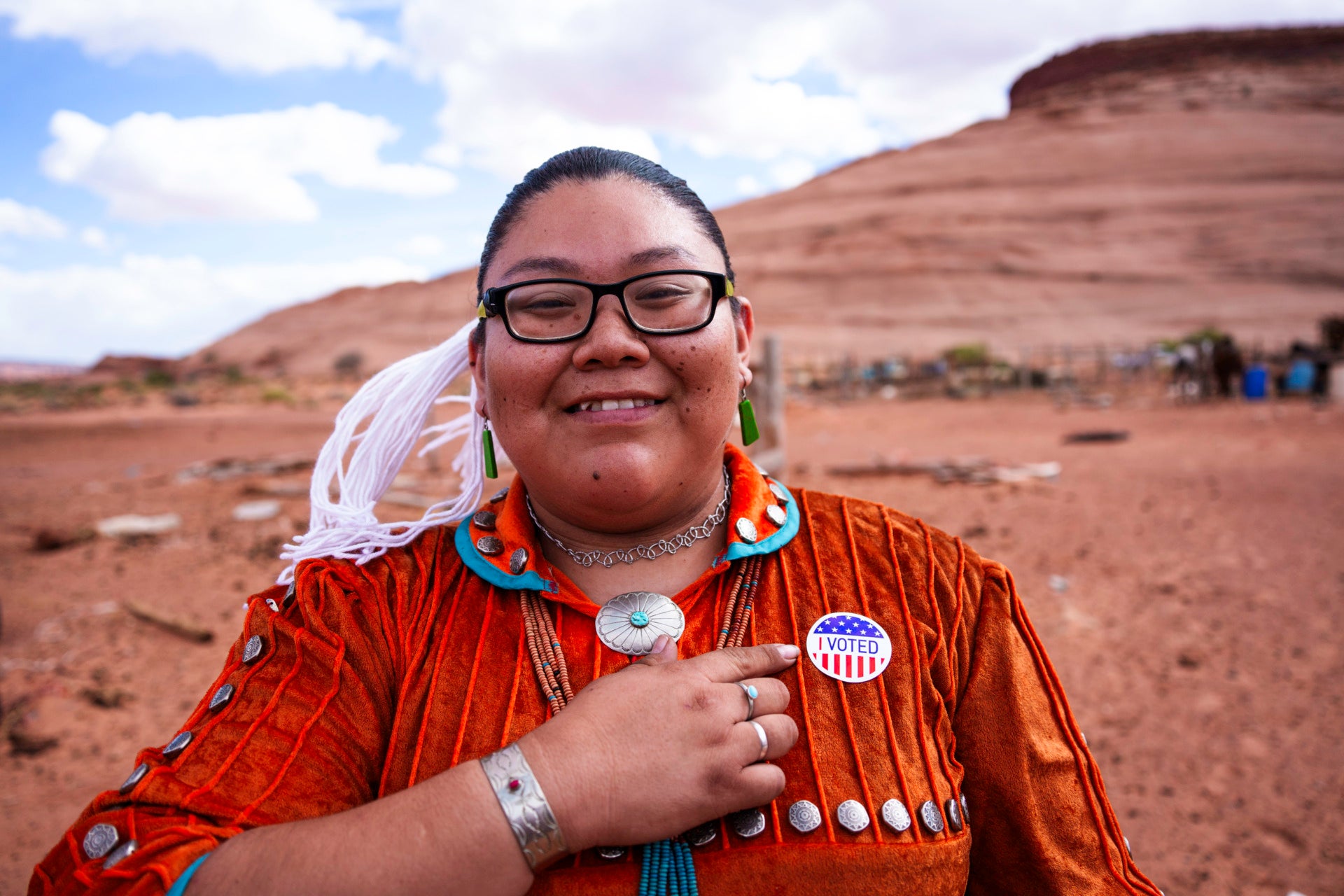The recent election has brought many democratic issues into stark relief—among them freedom of speech, freedom of religion, freedom of assembly, freedom of the press, and the power of citizenship. It’s become very clear in the wake of the election that Americans are separating into groups with their own worldview, their own sources, and their own facts. We have lost sight of the vital connection between the symbols, texts, sounds, places, ideas and artifacts that make up the fabric of this nation and the present.
We at the Aspen Institute Citizenship & American Identity Program think building a foundation of common knowledge is an antidote to this trend. That’s why we created What Every American Should Know, an initiative that asks Americans to answer the question: “What do you think Americans should know to be civically and culturally literate?”
This series of blogs highlights significant historical properties and collections that have been preserved by Save America’s Treasures, a public-private partnership between the National Park Service and the American Architectural Foundation. These terms, and all of the terms on the growing list of What Every American Should Know, add up to a common American culture that is even greater than the sum of our diverse parts.
Frederick Douglass was very familiar with a nation divided religiously, geographically, economically, and politically. He also knew personally the plight of refugees looking for social equality and economic opportunity. Douglass was a former slave and a prominent abolitionist who saw the debate over slavery culminate in the Civil War.
At the heart of this 19th-century struggle was the idea of America and its democratic values. Who is a citizen, and are voting rights an entitlement of citizenship? The Civil War ended slavery, but it didn’t break the chain linking color to citizenship.
The sudden interest in Douglass in the current debates over citizenship rights are just as consequential and heated as they were then. The sensation caused by a recent reading on the Senate floor of a thirty-year-old letter by Coretta Scott King made this evident. In her letter, King invoked history to make her case: “If we are going to make our timeless dream of justice through democracy a reality, we must take every possible step to ensure that the spirit and intent of the Voting Rights Act of 1965 and the Fifteenth Amendment of the Constitution is honored.”
She connected the Voting Rights Act and its promise of equality and freedom to one of the greatest victories of a democratic people—emancipation and the end of slavery. The Civil War amendments—13th (1865), 14th (1868), and 15th Amendment (1870) — enshrined the end of slavery in law, redefined citizenship, and gave the vote to black men. King knew the greatest threat to freedom and equality embedded in these amendments would be how well Americans understood the sacrifice and gains brought about by civil rights leaders like her husband and abolitionists like Douglass.
Douglass said as much in an 1884 speech in Michigan. “I do not hold, as some of our patriotic fellow citizens just now seem to hold, in their all-abounding charity, that forgetfulness of the past is the absolute duty of the present.”
In this speech, Douglass defied a growing alternate narrative fueled by popular culture and revisionist historians: Sectional Reconciliation, which wrenched slavery and the Civil War out of context, portraying the Confederacy’s key leaders as heroes or as exemplars of national virtue. The pervasiveness of antebellum assumptions of white supremacy took on a new form as patriotism and benevolence. Equality and freedom became abstractions in this telling — burying the war’s crowning achievement of emancipation in the myth of nation building and casting abolitionists like Douglass as cranks, fanatics, and radicals.
Slavery and white supremacy were not abstractions but facts for William Still, a free black man in Philadelphia who taught himself to read and write when this was illegal for his race in many states. Still served as a clerk for the Pennsylvania Society for the Abolition of Slavery, a conductor on the Underground Railroad, and chairman of the society’s Vigilance Committee.
Still repeatedly broke the law under the Fugitive Act of 1850 by aiding hundreds of fleeing slaves and chronicling their experiences. His interviews of former slaves and detailed records of the activities of this network of safe houses put him and all those he helped at risk.
In this work, Still befriended and mentored Harriet Tubman, Sojourner Truth, and the poet Frances Ellen Watkins among others. The radical nature of Still’s black activism became clear in his self-published history, The Underground Railroad (1872). This unembellished account remains foundational to understanding slavery—an institution so entwined with the nation’s everyday life, laws, and economy that it brought the country to war with itself.
The abolitionist movement may be more remembered for prominent leaders like Douglass, but it was animated by citizens rich and poor, black and white, women and men. Among them was Samuel J. May, a Unitarian minister born to a prominent Boston family with a Harvard education. Like Still, May was a conductor on the Underground Railroad, and used all means necessary in his anti-slavery activities, including sermons, speeches, marches, rallies, and civil disobedience. Also like Still, May published a book, Some Recollections of Our Antislavery Conflict, which told a remarkable history of abolition. In it, he argued that the leaders of the American Revolution did not in fact deliver “all men from oppression” and that the Constitution did not “secure liberty to all the dwellers in the land.” For May, the abolitionist movement‘s purpose was to purge these errors and repair the Constitution’s democratic principles.
May and Douglass each understood that liberty was not a speculative idea, but an institution. It needed to be enshrined in law and protected. President Lincoln came reluctantly to share this view when he issued the Emancipation Proclamation and backed the 13th amendment. But post-Civil War America undid these gains through court decisions and state laws, putting limits on liberty and suffrage.
Abolitionists in their writings and speeches poured their passion into the culture war of memory and history in the late 19th Century, hoping that the nation would not forget the truth embedded in the fight for equality and black freedom. As Frederick Douglass would remind an audience in an 1889 speech: “The real question, the all-commanding question, is whether American justice, American liberty, American civilization, American law, and American Christianity can be made to include and protect, alike and forever, all American citizens.”
Douglass’ question remains unanswered to this day. In 1865, there was hope for a new and more inclusive definition of “we the people.” Yet the legacy of slavery and the assumptions of white privilege are still with us. King’s letter made this clear in calling into the light practices of intimidation and injustice in the 1980s, reminiscent of the Reconstruction era and familiar to Douglass, Still, and minority voters today. As the persistent cries and whispers of voter fraud in today’s news make evident, there are no new tricks.
Maybe there is no unifying story or shared understanding of what being an American means, which answers Douglass’ question. What then? Then this generation and the next can add their own body of work to the American cultural tradition of struggle. In Douglass, Still, and May, the themes of freedom, equality, race, faith, and truth circle around one another as these citizen activists attempted to reconcile the nation they loved with its contradictions, duplicity and faithlessness.
Still and May knew their duty to posterity was to record their firsthand accounts of these abolitionist men and women and their fight to end slavery. Their truth lies in their books, as well as the narrative backbone of this movement — the sermons, broadsides, position papers, poetry anthologies, freedmen’s testimonies and other documents — which May collected and donated to Cornell University before he died.
With the care and stewardship of Save America’s Treasures, each generation can learn from the examples of the Samuel J. May Collection and the William Still Collection of Papers Photographs and Abolitionist Pamphlets. These remnants still speak to us and invite us into conversation and discovery as long we can offer them sanctuary from neglect.The structures and collections of Save America’s Treasures form the DNA of our democracy, and remembering their history helps to unlock our future.
More than 100 Save America’s Treasures (SAT) projects have preserved the experiences, achievements and contributions of African–Americans to this country. From Harriet Tubman to Rosa Parks to Alvin Ailey and those rarely glimpsed in history books. As a whole these projects reflect the breadth and diversity of the African-American experience and include: archaeological artifacts, landmark churches, businesses and the works of individuals from abolitionists to artists to average citizens. Funding for SAT was suspended in 2011.


